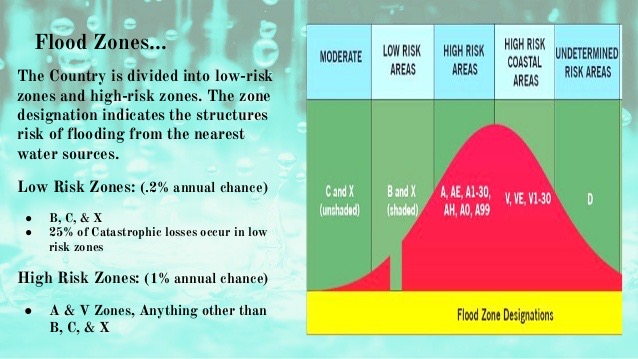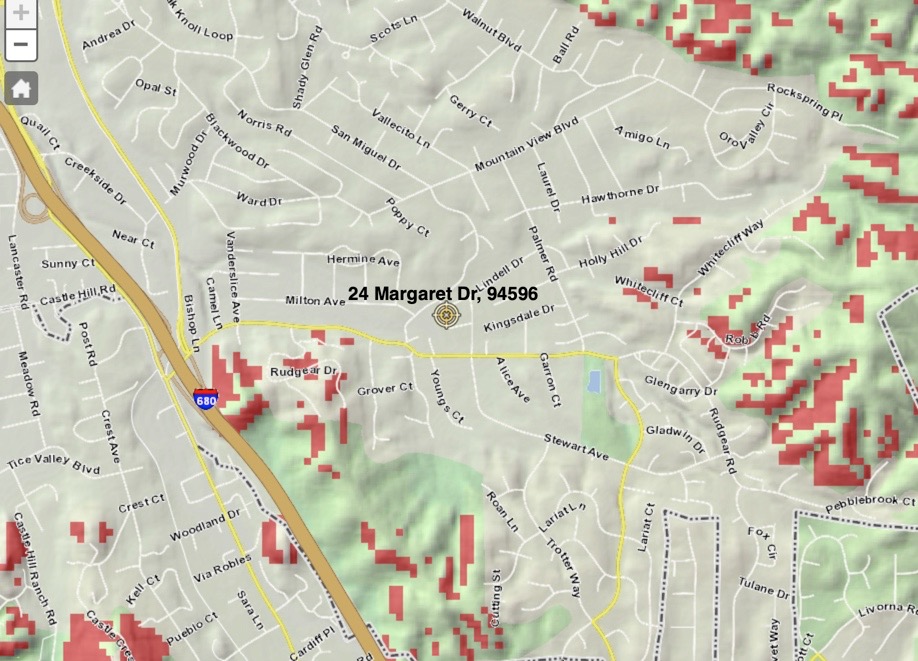Oh my goodness, what a day. Upon finishing my homework, I went back to my room to grab my iPad. A flurry of activity out the south-facing window where the Catalpa tree is located caught my attention. Birds. Tons of birds. Larger birds. All of them in the Catalpa, flying in and around and resting on the branches. I spotted half a dozen Robins and smiled, because they haven’t been around lately. But there were other birds I didn’t recognize. Then one of them rested on a branch nearer to the window, and I could see a stripe of yellow at the base of its tail. Could they be Cedar Waxwings? I’ve never see them in our yard before and couldn’t believe it. I grabbed my camera and headed outside.
The activity and noise were just tremendous. Big groups of waxwings and robins flying all around the tree and also perching. I couldn’t get any good pictures but you can just see the crested head of a waxwing in the photo above. It was hard to make sense of all the activity - what was going on? Robins eat invertebrates, and it just started raining again, so that would explain why they were perched and ready for action. But the waxwings - I couldn’t understand what was happening. I looked down for a moment and that’s when I saw huge splotches of black bird poo everywhere, dotting the ground and the plants.
Things started to get clearer. Waxwings eat berries, but there aren’t any berries in my yard right now except for some yellow Toyon berries and they weren’t in the toyon. A pattern started to emerge - the waxwings would rest in my tree, then fly across the street to a huge group of trees across the street. Upon closer inspection, I realized those trees were Privet. The waxwings came to eat the huge supply of privet berries. And now they were pooping them out all over my yard.
Here’s what I read in Audubon:
“With thin, lisping cries, flocks of Cedar Waxwings descend on berry-laden trees and hedges, to flutter among the branches as they feast. These birds are sociable at all seasons, and it is rare to see just one waxwing. Occasionally a line of waxwings perched on a branch will pass a berry back and forth, from bill to bill, until one of them swallows it. “
Get this - a group of Cedar Waxwings is called a ‘museum’ or ‘ear-full’ of waxwings. They are loud.
More of what I read:
“Except when nesting, almost always forages in flocks. May hover briefly while plucking berries or taking insects from foliage. Often flies out to catch insects in mid-air.”
They could all be catching newly emerged mosquitoes, which would be wonderful - we have warmed up about 10 degrees at night and mosquitoes could definitely be hatching from standing puddles of water from last week’s deluge. I looked up robins, and it appears that they don’t just eat insects - they also glean fruit. So it looks like all of the birds are enjoying those horrible privet trees. Guess they’re good for something.
Waxwings are apparently common here in winter, but migrate north to breed, all the way to Canada. Hopefully they’ll hang around for a while so I can admire them!






























